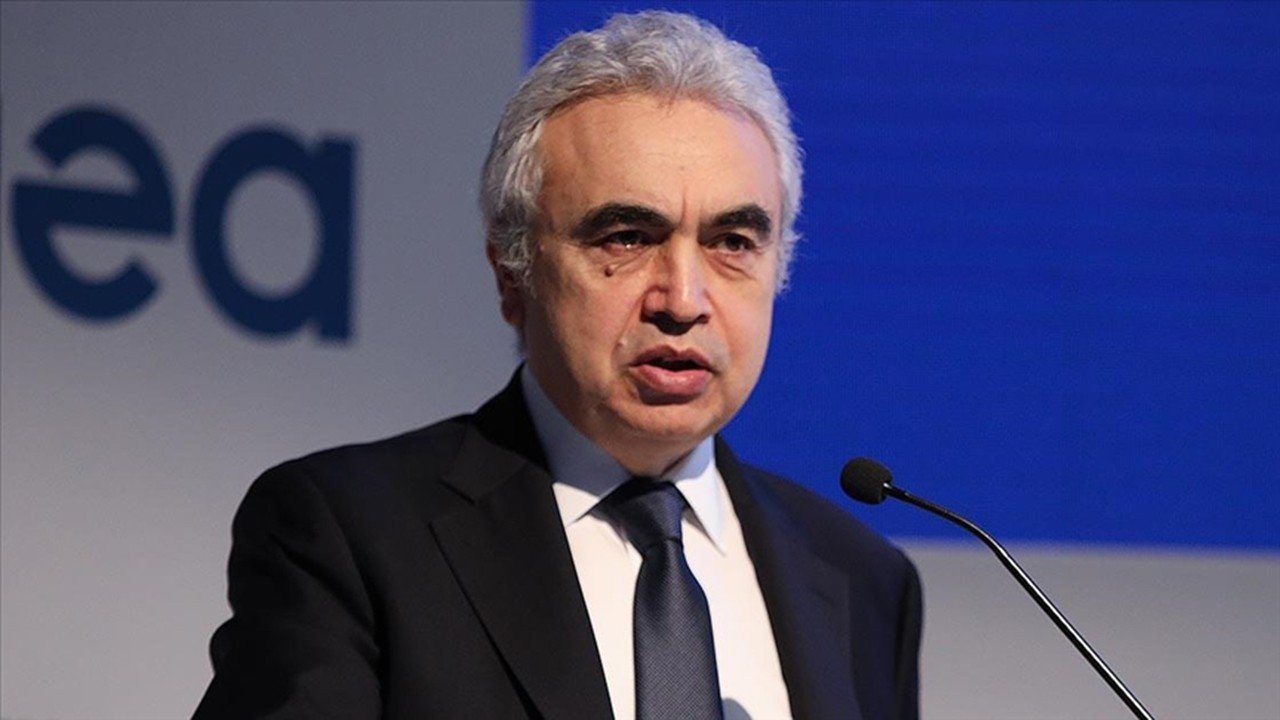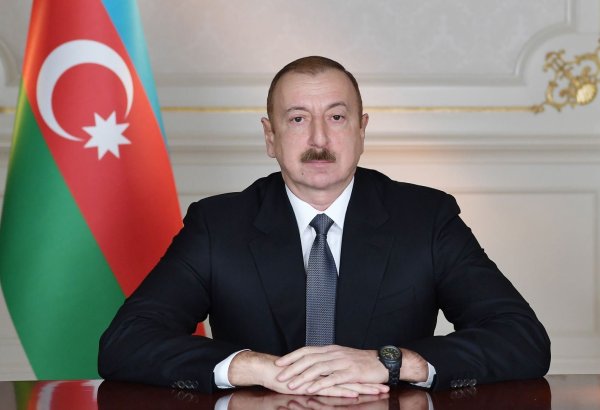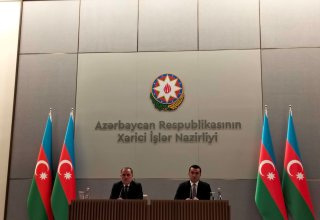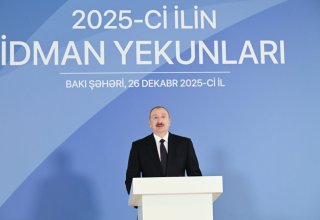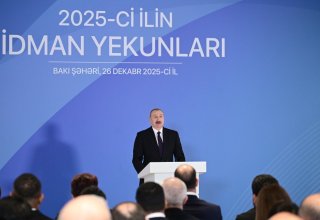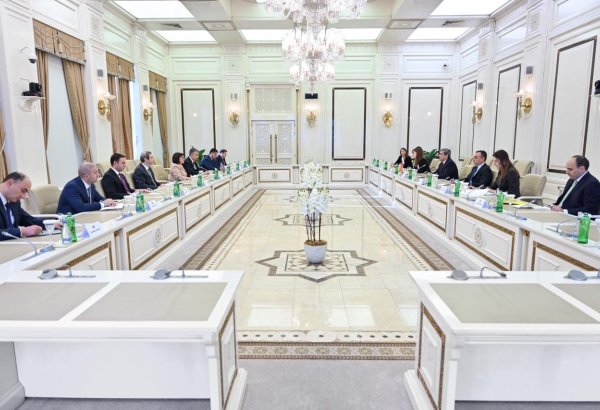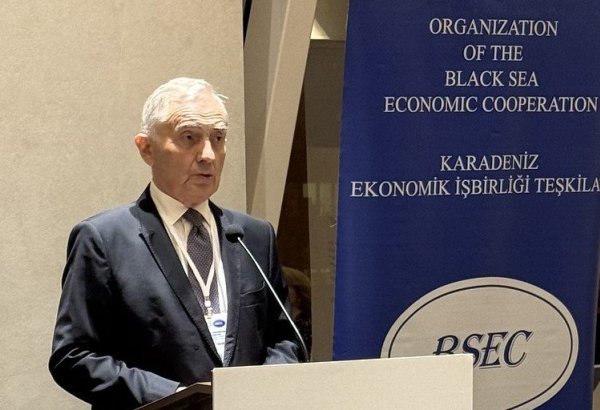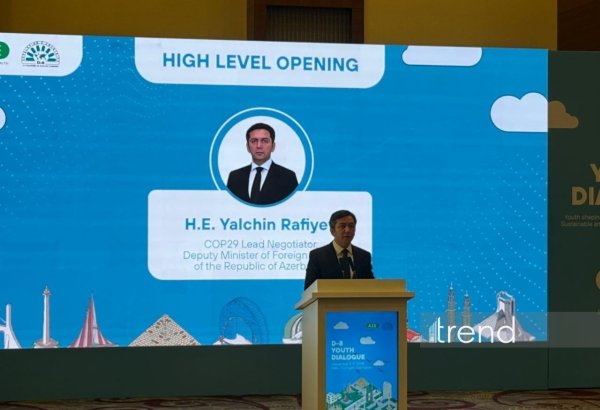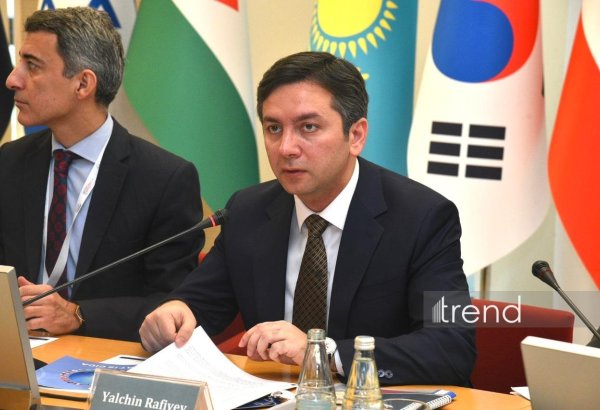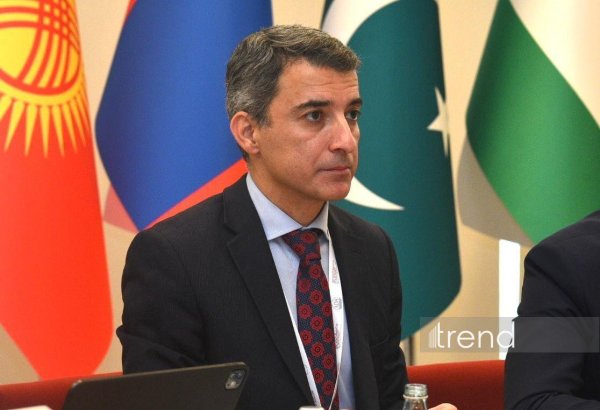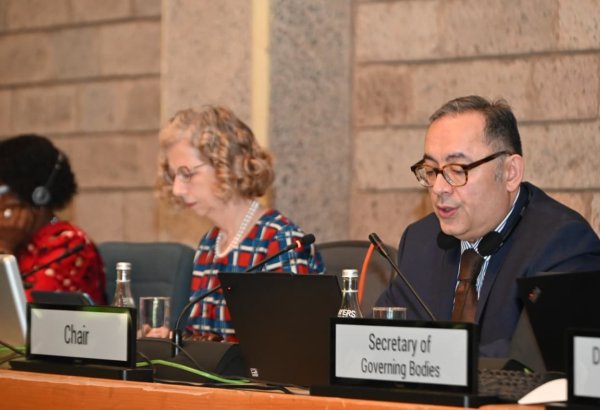BAKU, Azerbaijan, July 23. In recent decades, climate change has become one of the most discussed and pressing issues at the global level. Economic growth, industrialization, and population growth have contributed to a significant increase in greenhouse gas emissions, leading to changes in climate conditions on the planet. The international community has recognized the need for joint efforts to combat climate change and to develop mechanisms to monitor the implementation of countries' commitments in this area.
One of the key tools in this fight has become the Paris Agreement, adopted in 2015 under the UN Framework Convention on Climate Change (UNFCCC). The Paris Agreement aims to keep global warming below 2°C and possibly limit it to 1.5°C. Within the framework of the agreement, each participating country commits to developing and implementing nationally determined contributions (NDCs) that reflect efforts to reduce emissions and adapt to climate change. However, to achieve the targets, it is necessary not only to formulate ambitious plans but also to effectively monitor their implementation.
The mechanisms for monitoring the implementation of climate commitments include various approaches and tools, such as monitoring, reporting, and verification (MRV) systems, financial and technical support, and mechanisms for evaluating and revising commitments. These mechanisms play an important role in ensuring transparency, accountability, and building trust among countries.
The Organization for Economic Cooperation and Development (OECD) Climate Action Monitor is an overview of climate action focused on the 51 countries covered by the International Program for Climate Action (IPAC). It is designed for policymakers and practitioners to give them a broad overview of trends in climate action.
The latest OECD report demonstrates that climate change mitigation commitments in nationally determined contributions are not reaching the level needed to meet the objectives of the Paris Agreement.
The global reduction of greenhouse gas emissions by 43 percent by 2030 (compared to 2019) is necessary to meet the Paris Agreement's target of limiting temperatures to 1.5°C by the end of this century. However, OECD countries have pledged to reduce emissions by 28 percent and OECD partner countries by 5 percent compared to their emissions in 2020. The material notes that the OECD and its partner countries need to increase their emission reduction targets by at least another 30 percent in aggregate to achieve the projected reductions needed to meet the Paris Agreement target.
The growth rate of national climate action tracked by the OECD slowed in 2022. The growth rate of national climate actions taken by both the OECD and its partner countries increased by only 1 percent in 2022. Whereas the average growth rate of actions adopted from 2000 through 2021 was 10 percent.
The slowdown in 2022 could jeopardize the implementation of countries' climate policies. Countries still have many options to tighten existing policies or adopt new strategies that are not currently widely used (e.g., carbon pricing in the building and transportation sectors, bans, and phasing out fossil fuel extraction or fossil fuel infrastructure).
A total of 14 countries have increased their emissions from 2010 through 2020. Emissions from countries such as Brazil, the People's Republic of China, Indonesia, and India are still increasing and have not yet reached the expected peak. The increase in emissions in 2020 is estimated at 34 percent in China and 37 percent in India compared to 2010 levels. Countries will have to significantly reduce their emissions over the next ten years to meet the Paris Agreement targets.
The general slowdown in climate action masks significant differences between countries and types of instruments. For instance, the 22 OECD countries and eight partners of the OECD, which account for 29 percent of global greenhouse gas emissions, increased climate action in 2022. This increase was driven mainly by new or strengthened zero-emission commitments. The energy crisis has given countries an additional incentive to adopt more ambitious renewable energy and energy efficiency targets and accelerate their implementation.
The Conference of the Parties (COP) is the highest decision-making body of the UN Framework Convention on Climate Change. All States Parties to the Convention are represented at the COP, where they review the implementation of the Convention and any other legal instruments of the COP and take the decisions necessary to facilitate the effective implementation of the Convention, including institutional and administrative arrangements.
The Paris Agreement's Article 15 sets up a Compliance Committee and defines mechanisms to ensure compliance with the agreement.
The monitoring and implementation procedure takes the form of a triptych with three clearly defined parts: a transparency framework, a global stocktaking, and a compliance mechanism.
Monitoring must be tailored to the specificities of this particular area of international cooperation. The parties to the Paris Agreement chose not to use traditional treaty compliance mechanisms in implementing the Paris Agreement.
The majority of sides believed that it was more important to promote compliance than to penalize non-compliance, especially because the use of sanctions would discourage countries from participating in the treaty.
In an exclusive interview with TurkicWorld Fatih Birol, executive director of the International Energy Agency (IEA), stated that countries need to make new, nationally determined contributions to combat climate change.
"All paths lead to Baku. Countries need to make new, nationally determined contributions. They need to decide what they are going to do between now and 2035. And those plans need to be ambitious enough to meet the goal of keeping global warming within 1.5 degrees Celsius. The discussions in Baku will play a very important role here. This is why the International Energy Agency has decided to support the COP29 chairmanship so that there will be meaningful discussions between parties to develop ambitious, nationally determined contributions.
If they're not ambitious enough, if they fail to help us achieve the goal of keeping global warming to 1.5°C, that's a bad outcome. Thus, the COP29 chairmanship needs to encourage all parties to have ambitious, nationally determined contributions for the next 10 years. All countries and the IEA will fully support the COP29 chairmanship here," Birol said.
The IEA Executive Director said that at COP29, he would like to see rich countries, low-income countries, and the North and South come together to address this global challenge.
"This is a challenge not only for rich countries but also for poor countries, not only for the North but also for the South, for all countries. If we can put aside geopolitical divisions and geopolitical differences and focus on the global challenge, take some concrete decisions, and agree on concrete goals, COP29 will be remembered as a successful milestone in achieving this global goal," he concluded.
Effective mechanisms to monitor the implementation of climate commitments are fundamental to achieving the goals of the Paris Agreement and global climate sustainability. Monitoring, reporting, and verification allow countries and the international community to track progress, identify challenges, and adjust strategies to combat climate change more effectively.
The importance of international cooperation and the exchange of experience in this area can hardly be overemphasized. The development of technical and financial capacities, as well as support for developing countries, are key to the successful implementation of climate commitments. Moreover, evaluation and review mechanisms allow countries to improve their plans and ambitions based on lessons learned and new scientific evidence.
In the future, control mechanisms must continue to be strengthened and improved to adequately respond to the challenges of a changing climate. The international community must actively work to create a fairer and more resilient system that will contribute to achieving climate goals and protecting our common future.








